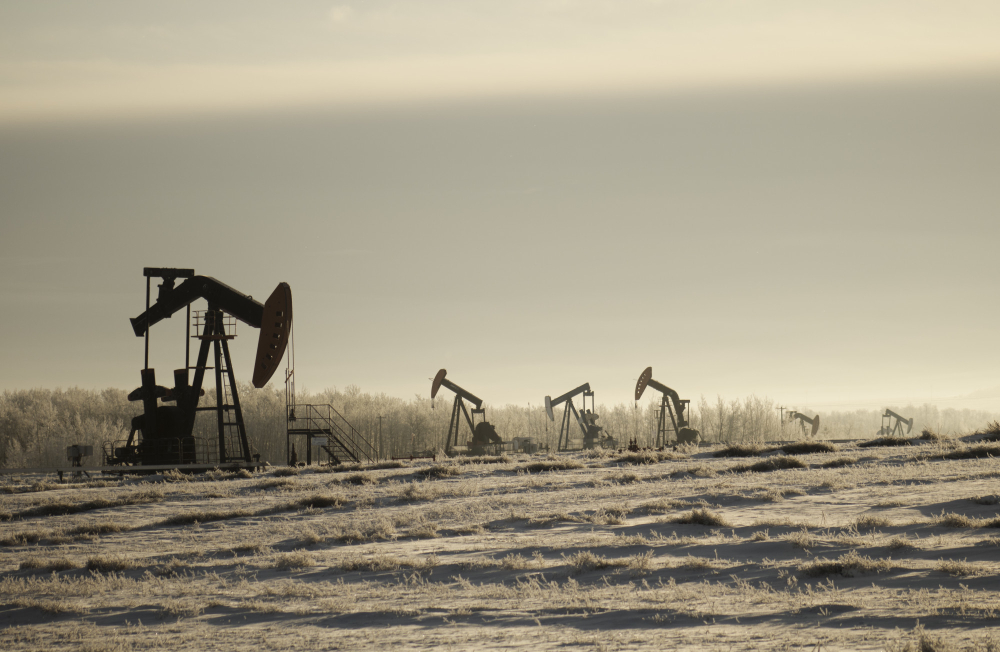Hurricane Beryl made landfall near Matagorda, Texas, causing significant disruption to the region. The hurricane led to three casualties and left over 2 million homes in Houston without power. Despite these challenges, the oil infrastructure has seen minimal damage, allowing the focus to shift back to market fundamentals and geopolitical events.
Initial assessments show that the major refineries along the U.S. Gulf Coast have weathered the storm with little impact. Freeport LNG went offline for two days, which reduced US LNG feedgas demand to 11.1 Bcf/day from the pre-hurricane level of 13.1 Bcf/day. The Port of Corpus Christi, after a three-day halt, reopened on Monday, and the Port of Houston was projected to resume operations by Wednesday.
Market Movements and Energy Sector Developments
In response to the hurricane, US shale producer Devon Energy (NYSE:DVN) announced a $5 billion acquisition of Williston-focused Grayson Mill Energy, which will increase its oil output to 375,000 b/d. Italy’s ENI reported a hydrocarbon discovery in Mexico’s Sureste Basin, potentially holding 300-400 MMboe of recoverable reserves. Additionally, Shell is seeking permission from the South African government to drill up to five offshore wells.
Global Oil Market Dynamics
Oil markets briefly reacted to Hurricane Beryl, but prices stabilized as the damage was less severe than anticipated. Brent futures fell 0.45% to $85.36 a barrel, while US West Texas Intermediate (WTI) crude slipped 0.53% to $81.89. The minimal impact on refineries and ports eased concerns about supply disruption. ING analysts noted that early indications suggest most energy infrastructure came through unscathed, which was reflected in the price action of crude oil and refined fuel markets.
Geopolitical Factors and Global Supply
The ongoing ceasefire talks in the Middle East also influenced oil prices. Senior US officials in Egypt aimed to mediate the conflict between Hamas and Israel, which could potentially ease global supply concerns. Meanwhile, macroeconomic data showed a slowdown in US hiring, and weaker-than-expected German trade figures, which could affect crude demand.
China’s crude oil demand remains a concern, with the lowest weekly tally of global oil tankers heading to China since August 2022. Additionally, Russian crude output and exports increased, with exports rising by 620,000 bpd to 3.67 million bpd. Baker Hughes reported that active US oil rigs remained at a 2.5-year low of 479 rigs, highlighting a decline from the 4-year high of 627 rigs in December 2022.
Technical Analysis and Market Outlook
WTI crude has rallied 15% from its early June low, but technical charts suggest strong resistance at $86.50. Analysts expect further sell-offs before the next leg of the rally. Saudi Arabia’s market share in China is set to rebound next month, with imports from the kingdom rising for the first time since May. In July, Saudi oil exports to China totaled 36 million barrels, but traders expect at least 44 million barrels in August.
Natural Gas and New Discoveries
Italy’s Eni announced a new natural gas discovery in the Gulf of Mexico, potentially holding 300-400 million barrels of oil equivalent. This follows Mexican billionaire Carlos Slim’s $1.2 billion investment in the Lakach project, led by Pemex. Mexico is expanding its gas-powered generation to reduce its dependence on US imports, with proven natural gas reserves increasing to 12.297 trillion cubic feet from 11.029 trillion cubic feet the previous year.
Conclusion
The oil market continues to navigate through the aftermath of Hurricane Beryl and ongoing geopolitical developments. While the hurricane caused significant disruption, the minimal damage to key infrastructure has allowed markets to stabilize. As the global oil landscape evolves with new discoveries and geopolitical shifts, the market remains vigilant, balancing supply concerns with macroeconomic indicators and technical market trends.
That's TradingNEWS




















